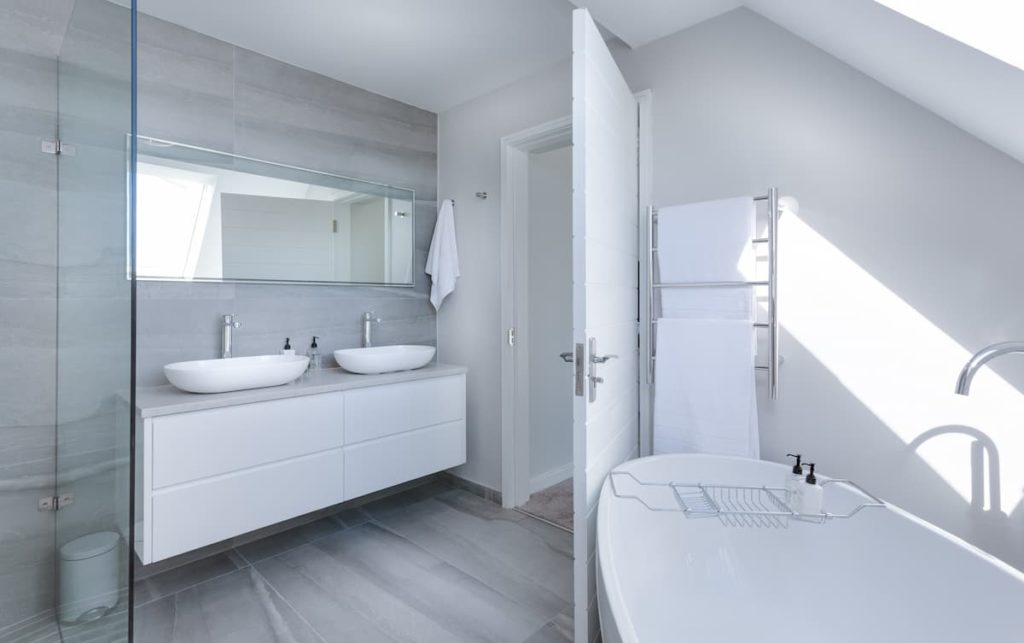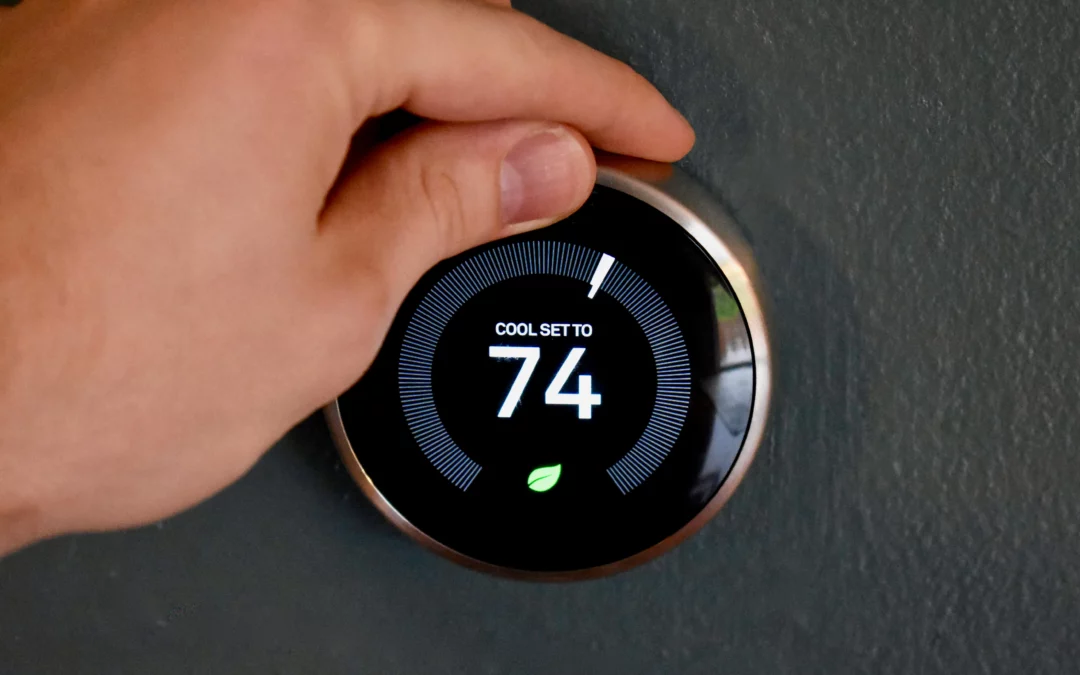Installing a WiFi heating system can bring a variety of benefits, from convenience to energy efficiency. But as with any major home improvement project, there are potential drawbacks to consider before taking the plunge. In this article, we’ll take a look at the advantages and potential risks of installing a WiFi-controlled heating system. Learn the advantages and potential drawbacks of installing a WiFi heating system. Here, we walk you through the pros and cons of a wifi-controlled heating setup.
Pros: Increased Control, Easy Installation and Low Maintenance Costs.
One of the main advantages of installing a WiFi heating system is increased convenience and control. You’ll be able to adjust your thermostat from anywhere with an internet connection, meaning that you never have to worry about coming home to a cold house. Additionally, most WiFi-enabled heating systems require little or no installation – all you need is a wireless router – making it simple and easy for even novice DIYers. And because the system requires minimal maintenance, it can save you money in the long run.
Another great benefit of a WiFi-enabled heating system is the ability to set schedules and timers. With this feature, you can pre-program when your heater should be on or off, allowing you to save energy and money while away from home. You can also customize temperature settings in different rooms to maximize comfort and efficiency. Plus, some systems come with built-in humidity sensors that will detect moisture levels in the air to ensure ideal indoor temperature and humidity. Ultimately, a WiFi heating system offers increased control over your home’s temperature for ultimate convenience and cost savings throughout the year.

Cons: Potential Security Vulnerabilities, Unreliable Connections and Inability to Send Targeted Heat Outputs.
Installing a WiFi heating system is not without potential drawbacks. One of the most significant issues is security. Because this type of system involves controlled access to the thermostat, it’s important to ensure you are using a secure wireless connection with encryption that is not vulnerable to hijacking or other attacks. Moreover, because these systems rely on wireless connections, they can be unreliable and prone to disruption from interference or dead zones in the home. With some models, you may also face difficulty sending targeted heat outputs to specific areas within your home due to certain limitations.
Additionally, WiFi connected systems can become outdated quickly—even more rapidly than conventional heating systems. This means that as technology progresses and advances, your burning-edge heat control system could soon be obsolete, requiring costly, time intensive upgrade and leaving you with clunky old hardware in the meantime. A wifi heating system also needs to be installed properly by a professional technician which may require additional resources and costs on the front end.
Considerations: Heating System Requirements, Location of Wi-Fi Router and Compatibility with Other Smart Home Devices.
Before deciding to invest in a WiFi heating system, it’s essential that you assess your current heating system. It can be beneficial to speak with an expert who is well-informed about your home’s particular needs and what type of WiFi heating system may be best-suited. You should also ensure the placement of the Wi-Fi router is ideal for signal strength and that the thermostat is compatible with other smart home devices such as Alexa or Google Home. Lastly, before investing in a WiFi thermostat, make sure to research the available models and choose one that fits your budget and needs.

Tips for Installing Wifi Heating Systems Safely and Securely.
With the proper setup and installation, WiFi heating systems can be relatively straightforward to use. To maximize the safety and security of your new heating system, make sure to follow a few basic tips. Install your router away from windows and doors where possible, keep it out of direct sunlight as much as you can, choose a secure router password, set up two-factor authentication on your smartphone or computer if available, and adjust your wireless settings so that only authenticated users have access to them. Additionally, regularly check for software updates for both the router and thermostat to ensure everything is running correctly.
Choosing a Reliable Wifi Heating System Provider.
When it comes to choosing the best WiFi heating system, reliability is key. Without a reliable connection and hardware, you won’t be able to reap the full benefits of a WiFi heating system. Make sure to do your research when selecting a provider, using customer reviews and feedback to gain insight into their product quality and service offerings. Additionally, make sure they offer detailed installation instructions with support services readily available in case you run into any issues during the process.
When selecting a provider, make sure they offer open-source technology that offers compatibility with iPhone, Android and Windows smartphones. This helps to ensure that you have the flexibility to add or update features as needed. Additionally, look for providers offering long-term warranties on their products to ensure that your investment is properly covered over an extended period of time. When you choose a provider offering excellent customer service and reliable hardware, you can be assured your WiFi heating system will provide years of hassle-free service.


Recent Comments